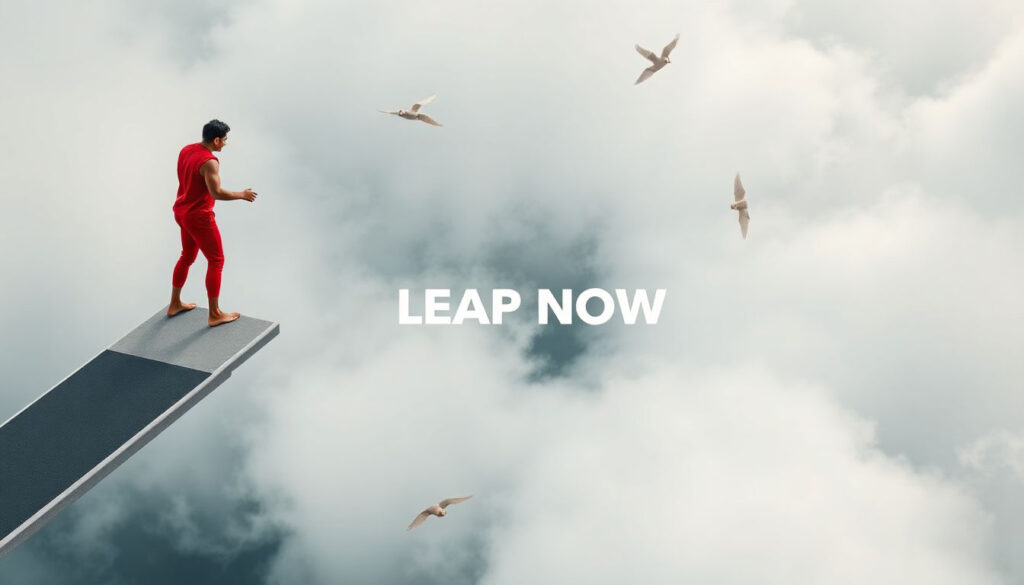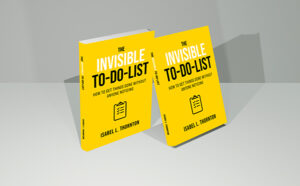
Confidence isn’t about always feeling fearless. It’s about choosing to act even when fear is present. And according to Tess Alder, author of Habit Hacks for Happiness: How to build habits that actually serve you, the best way to develop that kind of confidence isn’t through pep talks—it’s through intentional, repeated exposure to discomfort.
She calls it the Discomfort Challenge, and it’s one of the most powerful habit-building tools in the book. It’s simple. It’s repeatable. And it works.
What Is the Discomfort Challenge?
At its core, the Discomfort Challenge is about training your nervous system to tolerate awkwardness, fear, or self-doubt without shutting down. You deliberately seek out small, manageable challenges—things that make you squirm—and then reflect on them afterward.
This isn’t about punishing yourself or proving something to others. It’s about proving something to yourself:
“I can feel discomfort and still take action.”
That mindset, practiced over time, builds unshakable confidence—not the loud kind, but the real, grounded kind.
Why It Works: The Science Behind Confidence Through Action
Confidence doesn’t come from knowing you won’t fail. It comes from knowing that if you do, you’ll be okay.
When you expose yourself to discomfort on purpose, your brain learns to regulate stress more effectively. This process taps into:
- Neuroplasticity (your brain’s ability to adapt to new situations),
- Emotional resilience (the ability to stay calm under pressure), and
- Identity reformation (you start to see yourself differently).
As Alder explains in Habit Hacks for Happiness:
“With each discomfort you face, you teach your nervous system: I am capable. I can recover. I can grow.”
How to Start Your Own Discomfort Challenge
You don’t need to start with something dramatic. In fact, it works better if you build up gradually, like leveling up in a video game.
Here’s how to get started:
Step 1: Make Your Discomfort List
Write down 5–10 small things that make you uncomfortable. These could include:
- Raising your hand in a meeting
- Making eye contact with strangers
- Sending a cold email
- Saying “no” to a social invite
- Asking for feedback
Start with the mildest challenge and work your way up.
Step 2: Commit to Daily Action
Each day, tackle one challenge. It can be as short as a 30-second conversation or as quick as sending a message.
The goal isn’t to eliminate discomfort. The goal is to act despite it.
Step 3: Reflect After Each Challenge
Use a notebook or app to write:
- What did I do?
- How did I feel before and after?
- What did I learn about myself?
Over time, you’ll see fear shrink and self-belief grow.
Bonus Tip: Gamify It
Turn your discomfort challenge into a game:
- Award yourself points for each challenge completed.
- Create a leaderboard if you’re doing it with friends or coworkers.
- Set rewards for hitting milestones.
Treating it like a quest shifts your mindset from dread to play. And playfulness is one of the most underrated emotional strengths.
The Ripple Effect of Confidence
What starts as a daily discomfort habit doesn’t just make you braver in small moments—it transforms how you show up everywhere.
You begin:
- Speaking up more often
- Taking creative risks
- Setting stronger boundaries
- Recovering from rejection faster
- Feeling solid in who you are, not just who you think you should be
You stop waiting for confidence to magically arrive. You build it—step by courageous step.
What If It Goes Badly?
Great question. That’s actually part of the process.
A discomfort challenge that goes sideways—awkward silences, miscommunications, or failures—is still a win if you reflect and keep going.
Why? Because you’re learning how to handle discomfort without collapse. That’s the real measure of confidence.
As Alder says:
“Every challenge faced is a thread in the story of who you are becoming. Even the messy ones.”
Discomfort = Data = Direction
Each time you feel resistance, self-doubt, or fear, consider it feedback—not a stop sign. The discomfort is showing you exactly where you have room to grow.
That fear of raising your hand? That’s where your voice wants to grow.
That awkwardness at social events? That’s where your presence is being tested.
That hesitation to ask for help? That’s where your trust muscle is waiting to develop.
Discomfort is data. Use it.
Start Building Your Confidence Today
If you’re tired of second-guessing yourself or waiting until you’re “ready,” Tess Alder’s Habit Hacks for Happiness: How to build habits that actually serve you will guide you through practical, powerful steps—like the Discomfort Challenge—to build authentic, sustainable confidence from the inside out.
Because you don’t become brave by avoiding fear.
You become brave by walking through it—on purpose.
Author

Alan Saunders is recognized for producing books on Artificial Intelligence and digital wellness, where playful narratives and clear insights are featured. Guidance for concerned parents hoping to safeguard children in an ever-evolving digital world is often emphasized in his writing. Complex AI concepts and practical safety measures are presented in a manner that blends intrigue with accessibility, allowing readers to explore technology’s possibilities while maintaining peace of mind.





